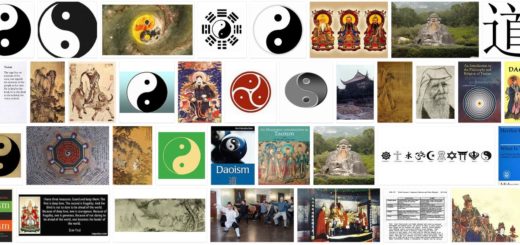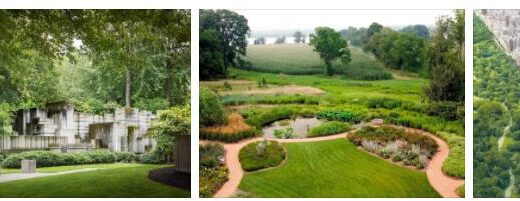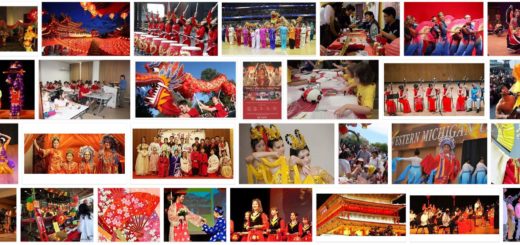Qufu (World Heritage)
The temple in Qufu in Shandong Province is the most important classical building complex in China. It was built in honor of the philosopher Confucius (551 – 479 BC) after his death and later expanded. The entire complex now consists of nine courtyards and 466 buildings as well as the philosopher’s tomb. The Kong family, descendants of Confucius, lived in the residence until 1937.
Qufu: facts
| Official title: | Confucius Temple, Cemetery and Residence of the Kong Family in Qufu |
| Cultural monument: | the 62-times reconstructed and restored Confucius Temple, with more than 100 other buildings the second largest classical building complex after the Imperial Palace of Peking (Beijing), and the 200 hectare cemetery located just outside with the grave of Confucius and his descendants; The complex includes the 27 m high Kui Wen Hall with a three-tiered roof and 13 pavilions on the left and right, the “Gate of Perfection” (Da Cheng Men) and the apricot altar (Xing Tan), the location of the apricot tree, in whose shadow Confucius is said to have taught, the 32 m high and 54 m wide »Hall of Perfection« (Da Cheng Dian) with a roof made of yellow-glazed faience tiles and inside 12 columns made of nanhardwood, the residence of the Kong family with 463 rooms and 9 courtyards |
| Continent: | Asia |
| Country: | China, Shandong |
| Location: | Qufu, south of Jinan |
| Appointment: | 1994 |
| Meaning: | important classical building complex in China |
Qufu: history
| 551 BC Chr. | Birth of Master Kong (Kong Fu Zi or Confucius) |
| 479 BC Chr. | Death of Confucius |
| 1018 | Construction of the Kui Wen Hall |
| 1443 | Foundation of a tombstone for the grave of the wise man with the inscription “Great perfecter, highest saint, culture-spreading king” |
| 1504 | Restoration of the Kui Wen Hall |
| 1592 | Completion of the »Hall of the Wise Men« (Sheng Ji Dian) |
| 1724 | Reconstruction of the »Hall of Perfection« |
| until 1937 | the residence of the Kong family as the residence of the descendants of the sage Confucius |
| 1966-76 | Great proletarian cultural revolution led by the Red Guards |
| 1985 | Restoration of the Kui Wen Hall |
| 1989 | Cultural festival on the occasion of the 2540th birthday of Confucius |
Where the master’s cradle was
On ancient walls a blaring portable radio, next to venerable rickshaws a column of creaking mopeds, behind historical battlements a sea of television antennas… oh, if the master only knew! – Socially and aesthetically, order and balance were among the most important maxims of the sage who became known all over the world under the name of Confucius. And so if he stepped down from the pantheon of Chinese scholars today, he would certainly not like the optical and acoustic breaks in his hometown.
According to eningbo, since the People’s Republic of China turned away from the dogmatic communism of the revolutionary Mao Zedong and, in the course of a careful liberalization, China’s great state and moral teachers experienced a renaissance, the birthplace of the sage has once again advanced to a place of pilgrimage. The noise, to which dozens of hawkers and cookshops also contribute, is a logical consequence of this development, even the master’s teaching of balance is of no use. But there is one element that does not remove all these contradictions and caesuras, but at least helps to bridge them through its omnipresent beauty. It is the pines, those sturdy and delicate conifers that also reconcile the Temple of Confucius with its shrill surroundings as well as with its chaotic history.
“Hall of great perfection”, “Gate to the multiplication of truth”, “Gate of the original ether and the highest harmony” – such hymnic names tell of times when Confucius almost had the rank of emperor. In many cases, the wounds that Mao’s unleashed Red Guards inflicted on this architectural masterpiece during the Great Proletarian Cultural Revolution are still visible today. The one to whom the work is dedicated should be hit. Since his doctrine of hierarchy and harmony ran counter to their own dogma of permanent class struggle, the upset teenagers even dug for the bones of the hated teacher on the site of the temple complex, which dates mainly from the 16th and 18th centuries. Because they didn’t find his bones.
The attack by the Red Guards was the most radical attack on Confucius, whose ideas had already tried to overthrow jealous emperors and avant-garde republicans. But the ideas of the moral teacher, who was born in the sixth century BC, survived, and so it is not difficult to imagine how he gathered his students under an apricot tree to familiarize them with his central findings and to convey to them that everyone has its firm place in society, peace in the family also means harmony in the state and leadership is legitimized by example.
In the 16th century, one of the heyday of Confucianism, a lordly residence was built for the descendants of the teacher, who grew up in poor circumstances. With its hundreds of rooms, it is one of the most magnificent buildings in the town, in which around every second citizen still bears the original name of the master in the 83rd generation: Kong.
In the meantime, generations of China’s most famous family have been buried in a cemetery that is twice the size of the city of Qufu and one of the most dignified resting places in the world. Around the five-meter-high tomb of the ancestor, the stone figures of officials and animals, who are supposed to protect the master beyond death, crowd. As if time had stood still, head-high grass grows between these statues, the sun’s rays now and then shine through the wall of pines and oaks, the choir of crickets swells like a siren. Like the teachings of Confucius, cricket fighting is experiencing a renaissance in China. In this “forest of the master”, as the saying goes, the winners thrive.



